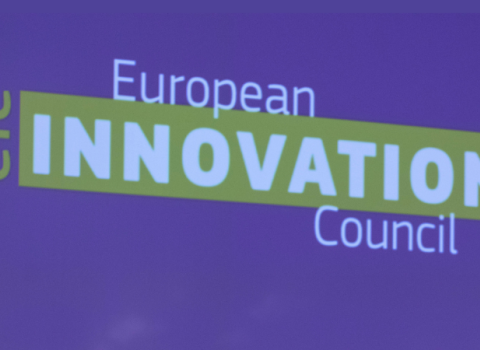
Benoît Battistelli, the next chairman of the European Patent Organisation.
“Securing Europe’s capacity to innovate is particularly important in times of economic uncertainty. Patents play a vital role in this respect. The EPO is a guardian of European innovation and competitiveness,” said Battistelli. “I feel honoured to chair this organisation at a time when it has to meet some of its biggest challenges,” he said, addressing delegates of the EPO.
Battistelli succeeds Roland Grossenbacher, Director of the Swiss Federal Institute of Intellectual Property in Bern, who has headed the Administrative Council since 2000.
Meanwhile, EPO announced it has reached a significant milestone, publishing its two millionth patent application. The application, filed on 7 June 2007 by the Technical University of Denmark (DTU) in Lyngby, describes a microbial fuel cell which can be used to produce electricity from wastewater.
The fuel cell is an electrochemical device that enables the bioconversion of chemical energy from organic matter directly into electrical energy using microorganisms as catalysts. It can produce electricity from wastewater, thus helping to reduce dependency on fossil fuels. At the same time, it contributes to the degradation of the pollutants contained in wastewater.
Although microbial fuel cells are already in use, the patent applied for by DTU's researchers makes a claim to an improved design.
“EPO is pleased to see that this symbolic publication number is attributed to a patent application coming from a European university in such a relevant technology,” said EPO President Alison Brimelow.
“It should be borne in mind, however, that high application figures should generally not be misread as indicating high levels of innovation, but are in the first place a consequence of increased global competition among technology providers.”
EPO received its first application in 1978 and the one millionth application was published in 2000.




 A unique international forum for public research organisations and companies to connect their external engagement with strategic interests around their R&D system.
A unique international forum for public research organisations and companies to connect their external engagement with strategic interests around their R&D system.